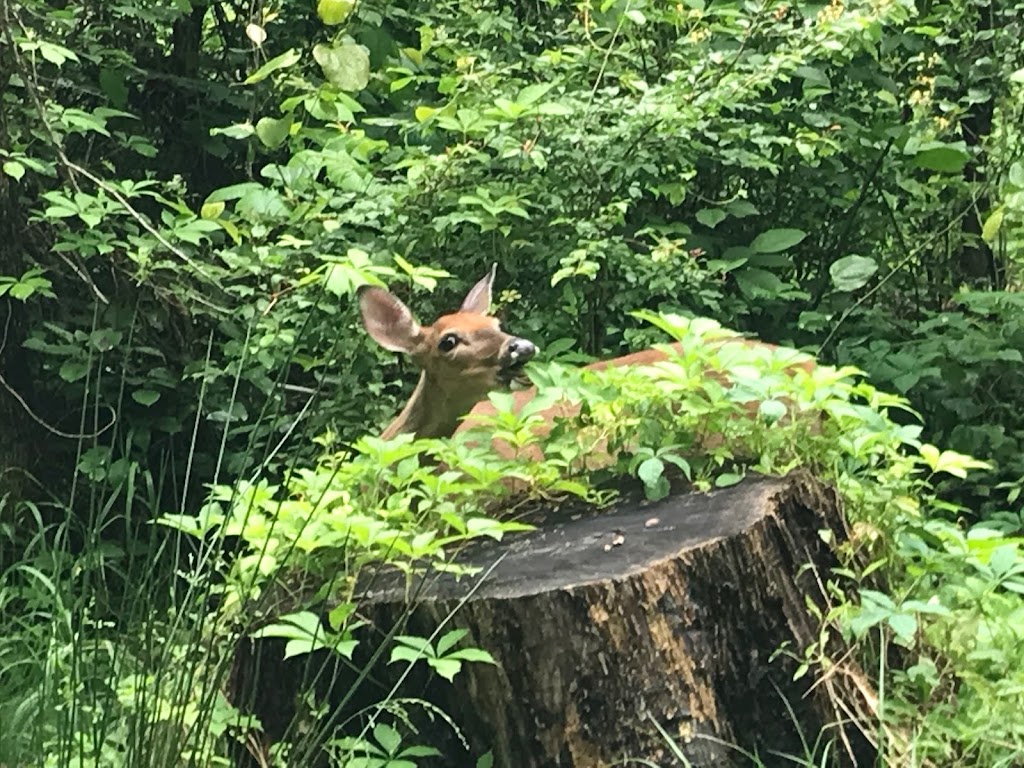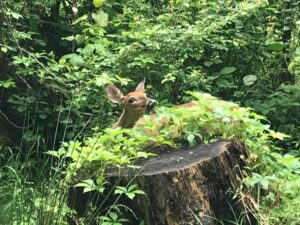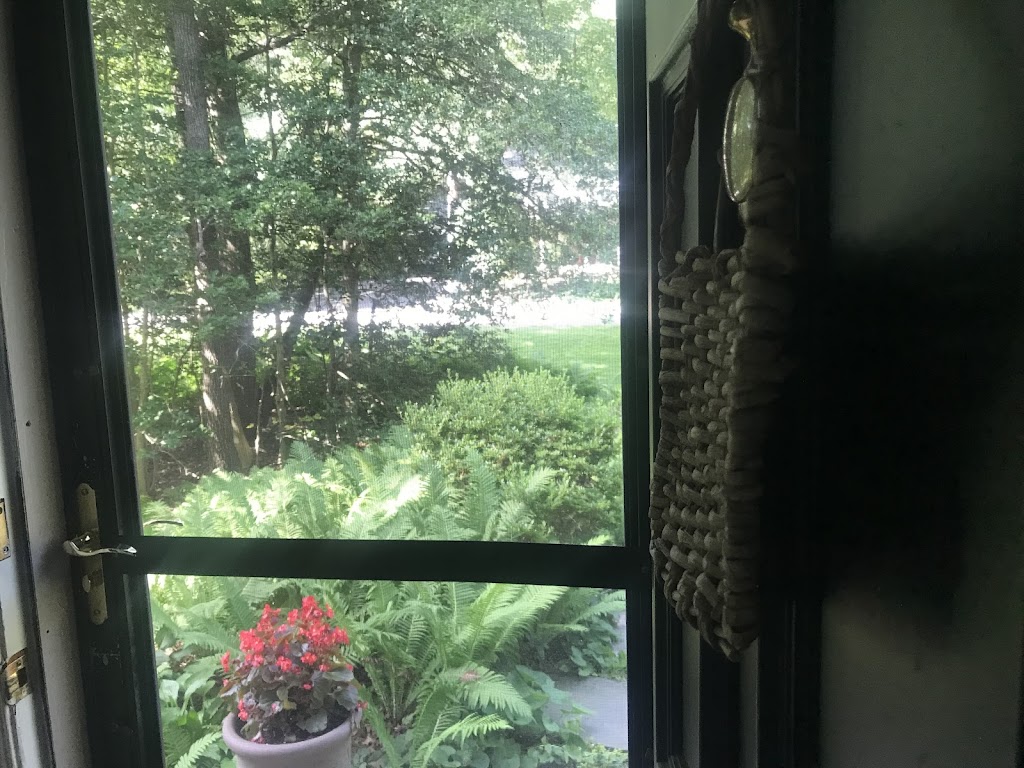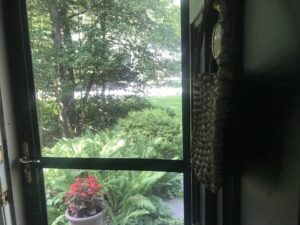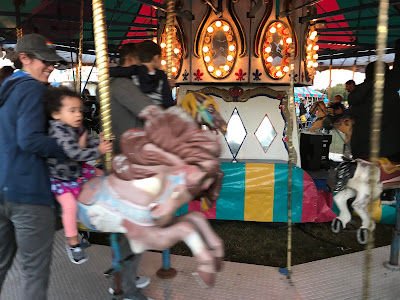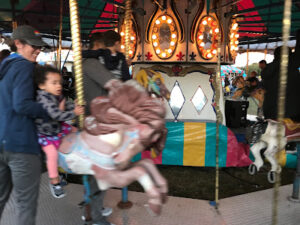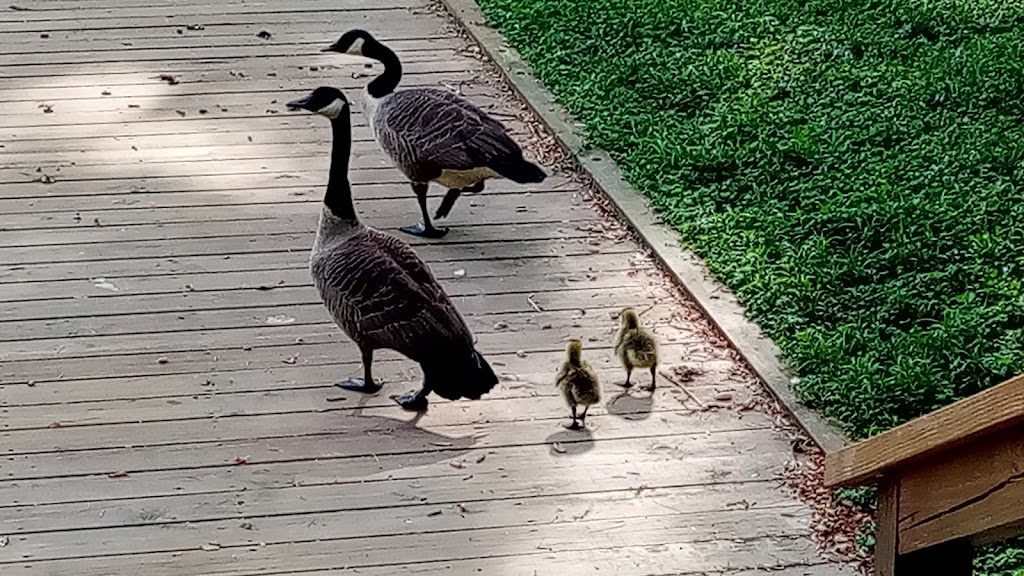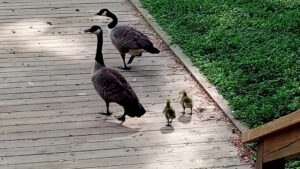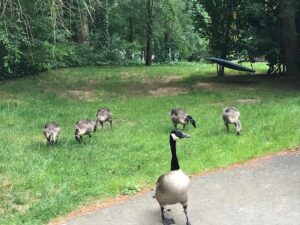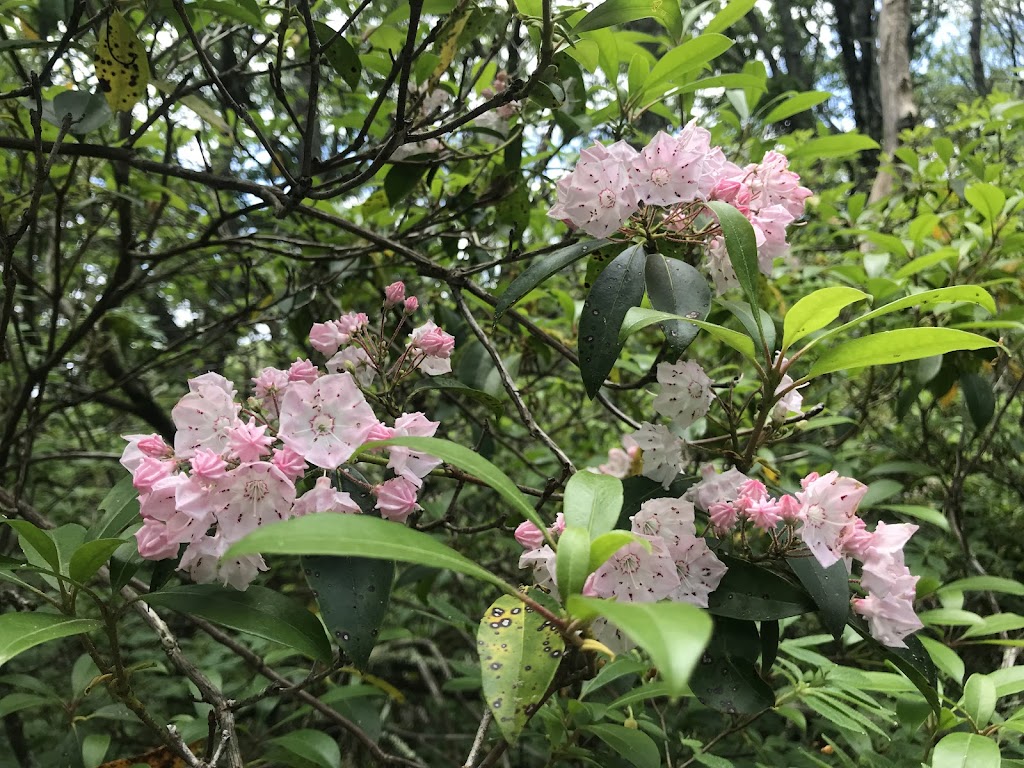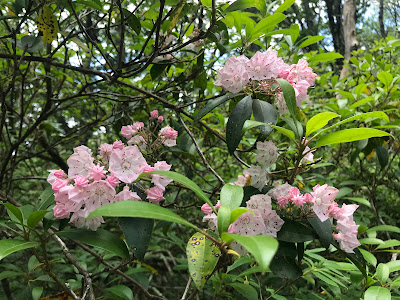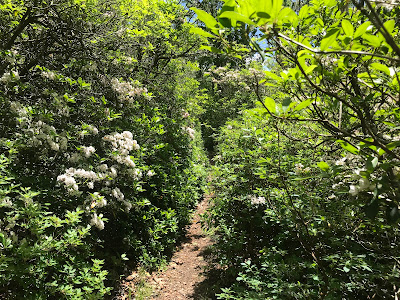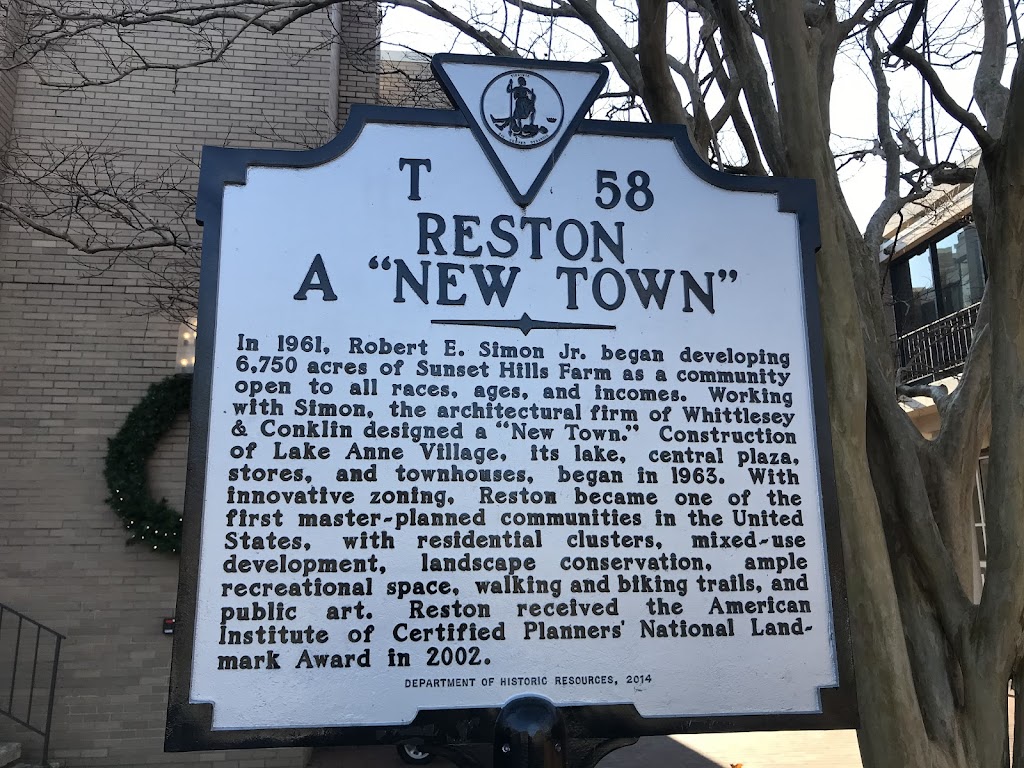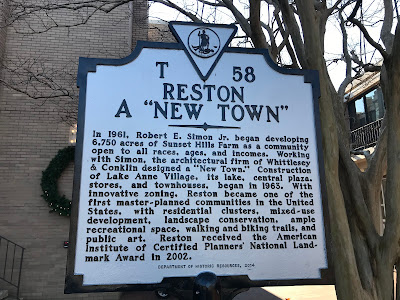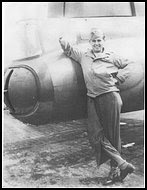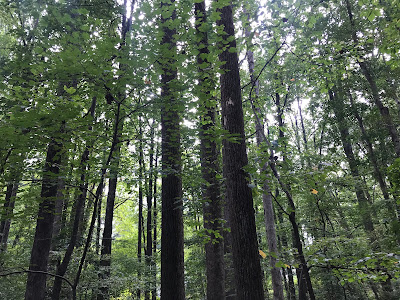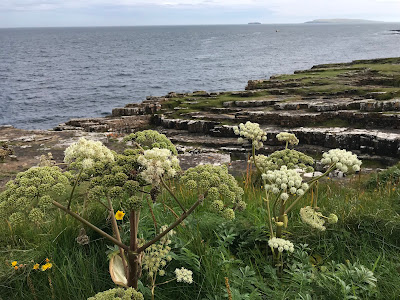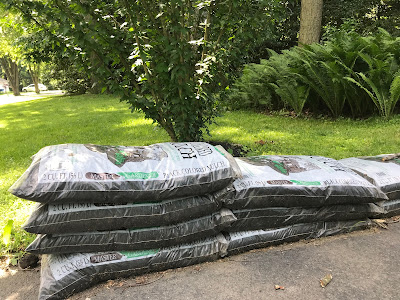Munch, Munch
Yes, they have to eat, too. But does it have to be my day lilies? Or hosta? Or, based on the nibbled stalks I’ve spied in a neighbor’s yard, the cone flowers, too?
I snapped a shot of this little fellow munching some vine or weed in the woods. To him it’s all the same: impatiens or Virginia creeper. He can leap most fences and surmount most barriers. Stick with the wild stuff, I tell him as I pass on a walk. I don’t think he was listening, though.
A cashier in a garden shop told me about a customer who came in three times to replace the plants deer had snatched from her flower pots. Eventually she gave up and stuck plastic flags in those pots. The deer ate those, too.
